- The total amount of new energy power generation in Sichuan's 14th Five-Year Plan exceeds the total amount of thermal power generation

In order to achieve carbon emission reduction targets, the development of clean energy industries in various regions has accelerated. The Sichuan Provincial Government has officially issued the "14th Five-Year Plan for Energy Development of Sichuan Province" (hereinafter referred to as the "Plan"). The "Plan" clarifies the goals and key tasks of Sichuan's energy development in the next five years.
Goal: Clean energy installed capacity accounts for about 88%
The development goals proposed in the "Plan" mainly include five aspects. Sichuan's energy security capability has been steadily enhanced. In 2025, the comprehensive energy production capacity will be about 257 million tons of standard coal. The province's total installed power capacity is about 150 million kilowatts, of which the installed capacity of hydropower is about 105 million kilowatts, the installed capacity of thermal power is about 23 million kilowatts (including coal power, gas power, biomass power generation, etc.), and the installed capacity of wind power and photovoltaic power generation reaches 10 million kilowatts respectively. , 12 million kilowatts. The production capacity of natural gas increased steadily.

Clean and low-carbon transformation continues to advance. Clean energy installed capacity accounted for about 88%. The proportion of non-fossil energy consumption will be about 42%, and the proportion of natural gas consumption will be about 19%. The state-issued renewable energy power consumption responsibility weight target task will be completed, and the proportion of electric energy in final energy consumption will further increase. The proportion of coal consumption was further reduced, and coal consumption was the first to peak.
Energy utilization is safer and more efficient. The total energy consumption has been reasonably controlled, the energy consumption per unit of gross domestic product (GDP) has been reduced to meet the national requirements, and the efficiency of the energy system has been further improved. The energy reserve is kept at a reasonable scale, the production and operation safety level is continuously improved, and the system reliability and emergency response capability are further enhanced.
New breakthroughs were made in reform and innovation. The reform of the power and oil and gas systems has been comprehensively deepened, the market-oriented reform of energy prices and the construction of the market system have achieved remarkable results, and the capacity for scientific and technological innovation has been significantly enhanced.
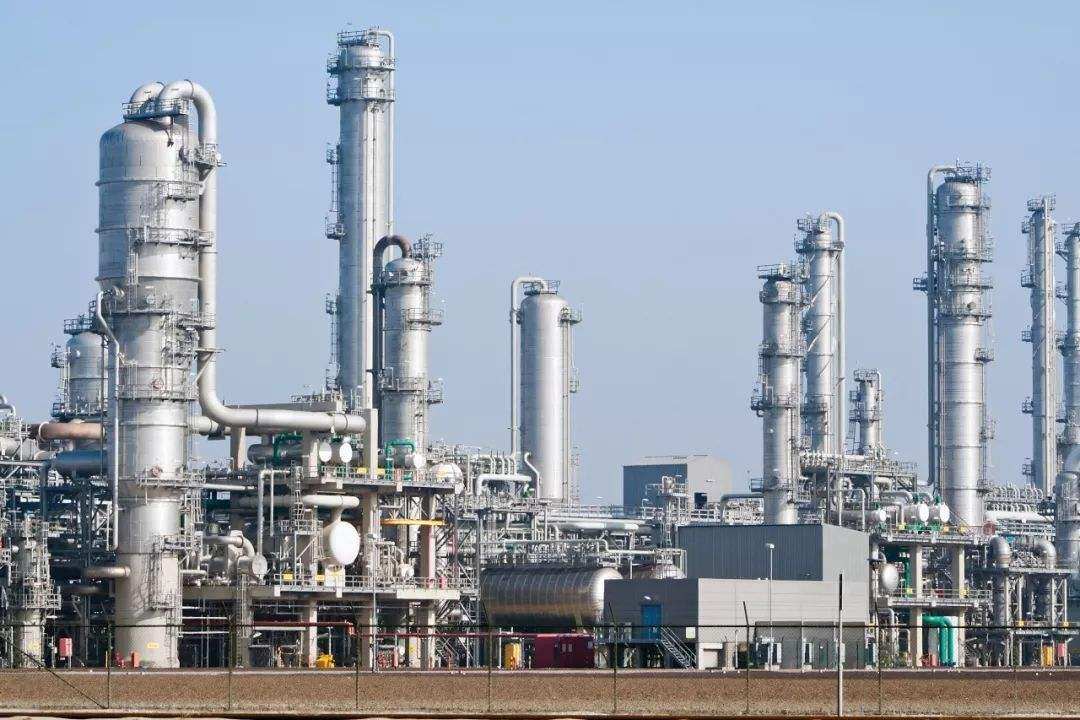
The quality of energy for people's livelihood has been continuously improved. Energy security and service capabilities have been further improved, and the gap between per capita domestic electricity consumption and the national average has narrowed. The service level of "Access to Electricity" has been improved as a whole, and the quality of rural energy supply and the level of cleanliness have been continuously improved.
Looking forward to 2035, the "Plan" proposes that decisive progress will be made in the high-quality development of energy, the transformation of clean and low-carbon energy will be further promoted, green production methods will be widely implemented, and a modern energy system will be basically built. Energy technology innovation capability has been significantly enhanced, the intelligence level of energy infrastructure has been continuously improved, the energy system has become more flexible and efficient, and the modern energy market system has become more mature and complete. The level of terminal electrification has been greatly improved, the proportion of clean energy consumption has been further increased, and the total carbon emission has stabilized and declined after reaching its peak, laying a solid foundation for achieving carbon neutrality by 2060.
Path: Clarified ten key tasks
How should it be implemented? The "Plan" clarifies ten key tasks, which are: coordinating the promotion of power supply construction, promoting the upgrading and upgrading of power grids, accelerating the exploration, development and utilization of natural gas, promoting clean production and utilization of coal, strengthening energy security reserves and risk management and control, Promote the transformation and upgrading of energy consumption, cultivate new energy technologies and new formats, strengthen the guarantee of energy services for people's livelihood, promote energy cooperation, and establish and improve a modern energy governance system.
How to promote it specifically? In terms of coordinating the promotion of power supply construction, the "Planning" proposes the scientific and orderly development of hydropower.
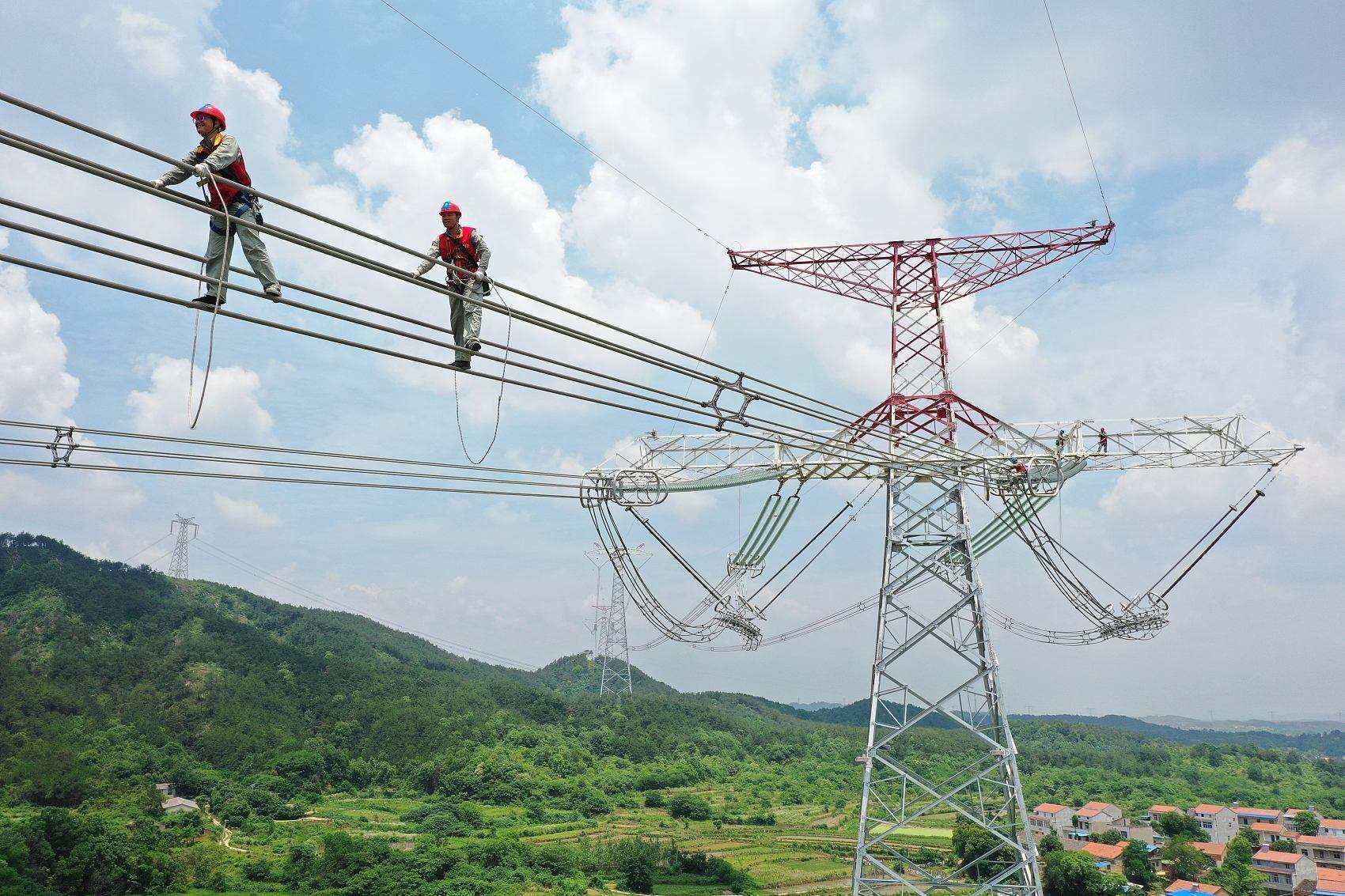
On the premise of strengthening ecological environment protection and doing a good job in resettlement of immigrants, focus on promoting the construction of "three rivers" hydropower bases on Jinsha River, Yalong River and Dadu River. Efforts will be made to optimize the hydropower structure, give priority to the construction of reservoirs and power stations with adjustment capacity above the season, coordinate the promotion of comprehensive river basin management, give full play to the comprehensive role of hydropower stations in flood control, water storage and supply, and water ecological protection, deepen the construction of Dadu, and start construction of Xulong, Gangtuo, Pilot projects for comprehensive hydropower management in the Benzilan, Mengdigou, Yagen II, Danba and other hydropower river basins. Complete the Baihetan, Suwalong, Lianghekou, Yangfanggou, Shuangjiangkou, Jiliangbao hydropower stations, and continue to promote the construction of Yebatan, Rawa, Kara and other hydropower stations. During the "14th Five-Year Plan" period, the approved construction scale is over 12 million kilowatts, and the newly added hydropower installed capacity is about 24 million kilowatts.
In terms of accelerating the development of new energy, the "Planning" requires that the construction of the Liangshan prefecture wind power base and the "three states and one city" photovoltaic power generation base should be promoted, and the upstream and downstream of the Jinsha River, the lower reaches of the Jinsha River, the Yalong River, and the middle and upper reaches of the Dadu River should be integrated with water and scenery. It will transform into a comprehensive development base for renewable energy, and promote distributed photovoltaic power generation and wind power development in mountainous areas around the basin. During the "14th Five-Year Plan" period, about 6 million kilowatts of wind power will be added, and more than 10 million kilowatts of solar power will be added.

At the same time, the integrated development of Chengdu and Chongqing is also indispensable. The "Planning" points out that it will focus on promoting the construction of the UHV AC target grid of the Sichuan-Chongqing Power Grid, enhancing the power collection capacity of the UHV AC stations in Ganzi and Aba, and alleviating the bottleneck restriction of the transmission of hydropower from western Sichuan to Chengdu and other load centers. According to the large-scale production progress of hydropower and new energy in Panxi area, the 1000 kV UHV AC power transmission and transformation project from Panxi Power Grid to the provincial load center is planned.
In terms of UHV construction, the "14th Five-Year Plan" will complete the ±800kV UHV DC projects from the middle reaches of Yalong River to Jiangxi, Baihetan to Jiangsu, and Baihetan to Zhejiang, and start construction of multi-energy complementary delivery special projects from the upper reaches of Jinsha River to Hubei. HVDC engineering. Research and plan to connect the second channel with the Northwest Power Grid, and study the layout of the hydropower project in southeastern Tibet and the lower reaches of the Yarlung Zangbo River to connect and transfer UHV into Sichuan. Focus on promoting the construction of the UHV AC target grid of the Sichuan-Chongqing Power Grid to provide a strong power guarantee for the construction of the Chengdu-Chongqing economic circle.
In terms of natural gas development, we will vigorously promote the exploration and development of natural gas (shale gas), implement the national action plan for the construction of a natural gas (shale gas) production base of 100 billion cubic meters, and build the country's largest modern natural gas (shale gas) production base. By 2025, the annual production of natural gas (shale gas) will reach 63 billion cubic meters. Editor / Xu Shengpeng
Comment
 Praise
Praise
 Collect
Collect
 Comment
Comment
 Search
Search


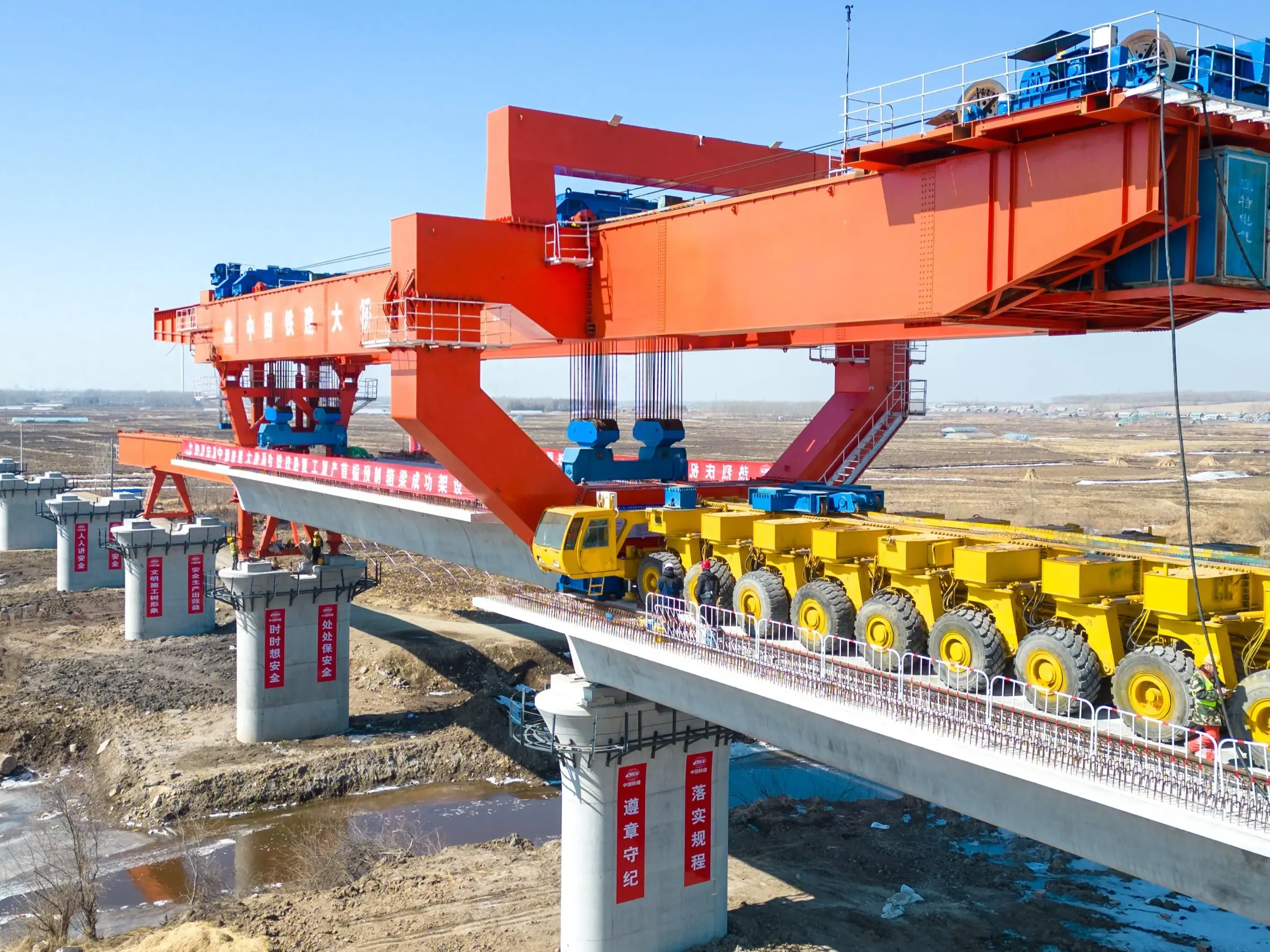

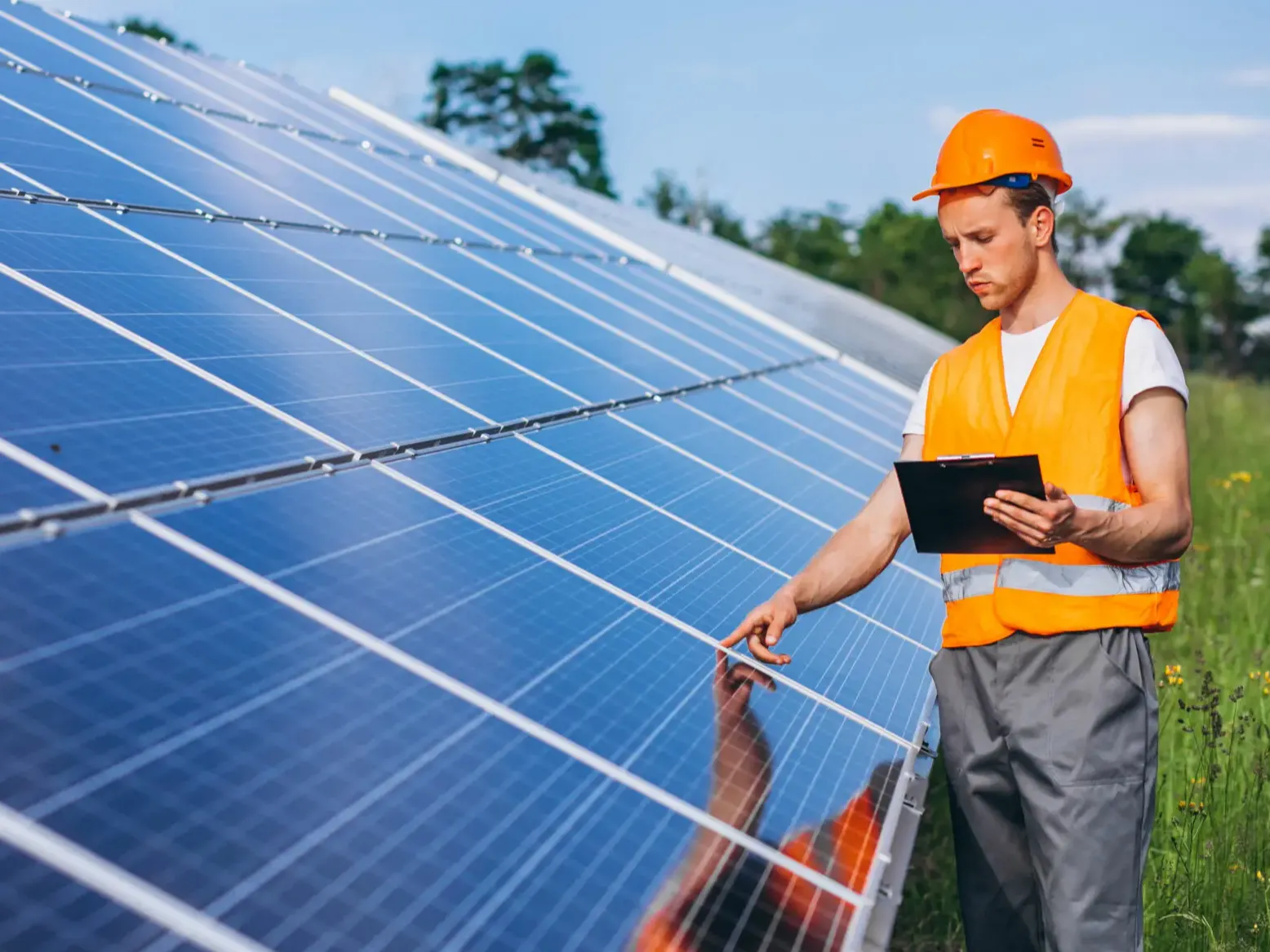
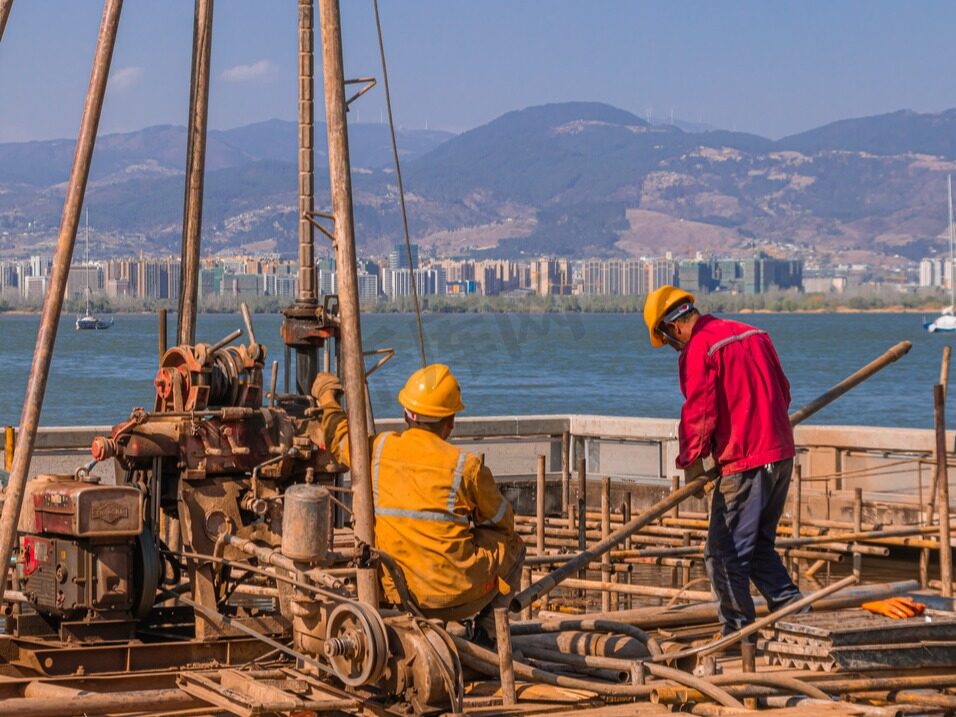








Write something~